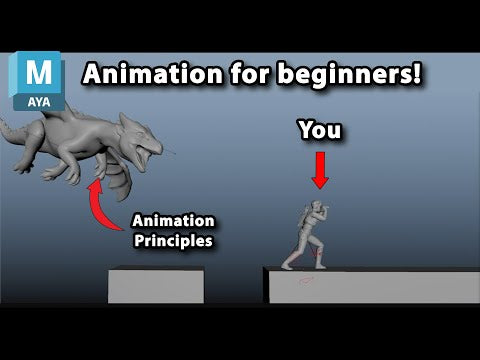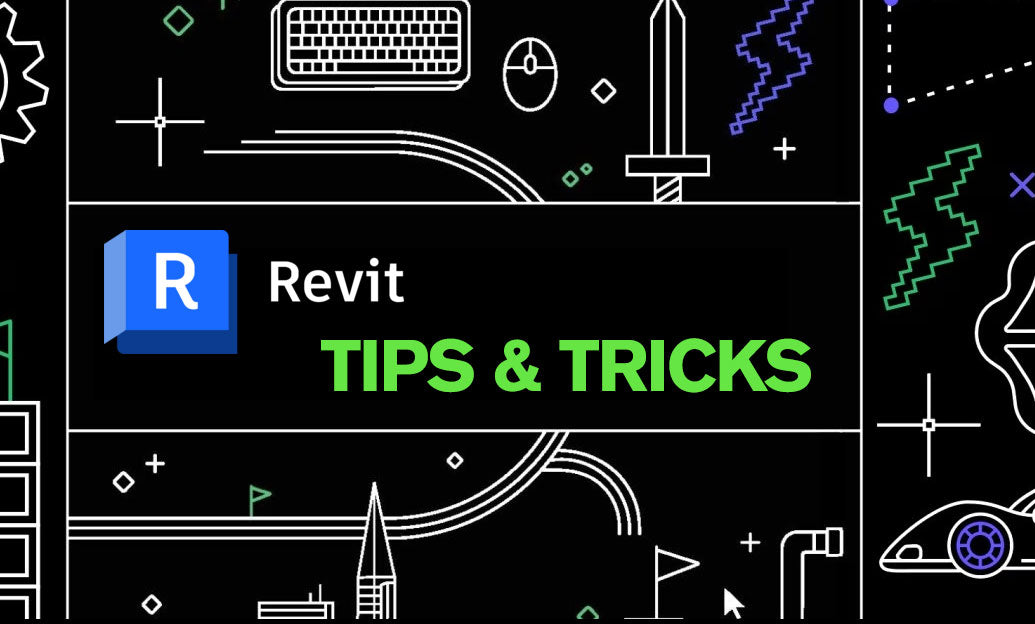Your Cart is Empty
The advent of 3D printing technology marks a significant milestone in the digital fabrication realm, influencing a wide array of industries from manufacturing to healthcare. At the core of this technological revolution lies sophisticated design software, which plays a pivotal role in pushing the boundaries of what 3D printing can achieve. As we explore the current landscape, the synergy between advanced software capabilities and 3D printing technology is unleashing new possibilities, setting the stage for groundbreaking applications that were once deemed unattainable.
Current State of 3D Printing Software
The market today offers a plethora of 3D printing software solutions, each designed to cater to the diverse needs of users, ranging from hobbyists to professional engineers. These solutions stand out due to their:
- User interface and experience, which significantly enhance usability and accessibility.
- Compatibility with a wide array of 3D printers and materials, addressing the heterogeneous nature of 3D printing applications.
- Advanced simulation capabilities that allow users to predict and rectify potential issues before printing, thereby saving time and resources.
Despite the progress, users often encounter challenges such as steep learning curves and the need for better interoperability between different software and hardware. These challenges not only hinder workflow efficiency but also open up expansive opportunities for software developers to innovate and address these gaps.
Emerging Trends in 3D Printing Software
The landscape of 3D printing software is continuously evolving, with several key trends shaping its future:
- Integration of AI and machine learning to automate and optimize tasks such as support structure generation and material selection, thereby enhancing efficiency and material properties.
- The shift towards cloud-based solutions is facilitating remote printing operations and collaborative projects, breaking geographical barriers in the design and manufacturing process.
- Significant advances in software algorithms are improving print quality and speed, marking a leap towards more economical and scalable 3D printing solutions.
- The incorporation of VR and AR for pre-print visualization significantly reduces errors, allowing for a more immersive and intuitive design verification process.
Future Predictions and Industry Implications
Looking ahead, the next wave of innovation in 3D printing software is poised to bring transformative changes, with implications spanning multiple industries:
- Software-hardware integration is expected to reach new heights, enabling more sophisticated and customized printing capabilities.
- Advancements in 3D printing software will have a profound impact on industries such as manufacturing, healthcare, construction, and consumer goods, driving efficiency, customization, and innovation.
- The democratization of 3D printing technology, facilitated by software innovation, could make advanced manufacturing accessible to a broader audience, catalyzing a new era of creativity and entrepreneurship.
- Security and intellectual property protection will become increasingly important as 3D printing software becomes more interconnected and widely used.
Navigating the Future of 3D Printing Software
In conclusion, the relentless pursuit of software innovation is essential to unlocking the full potential of 3D printing technology. The journey ahead promises exciting opportunities, but also challenges that will necessitate a collaborative effort among software developers, industry stakeholders, and users. Embracing these advancements and contributing to the ecosystem's growth will be crucial in shaping a future where 3D printing is an integral part of our daily lives and workflows.







